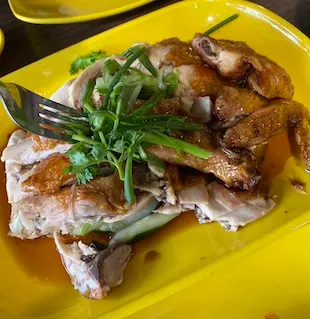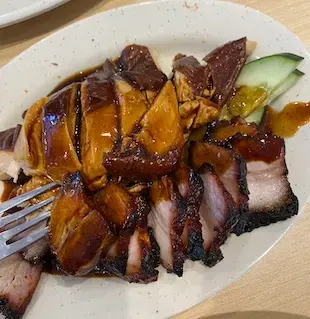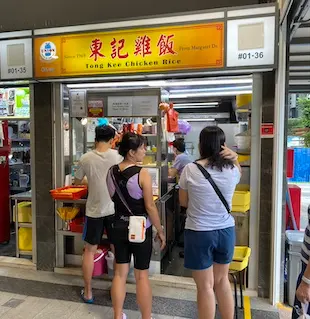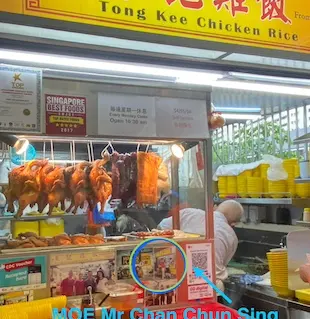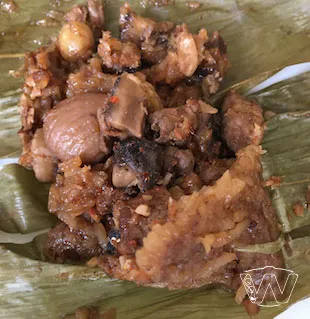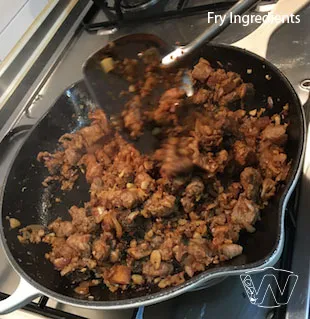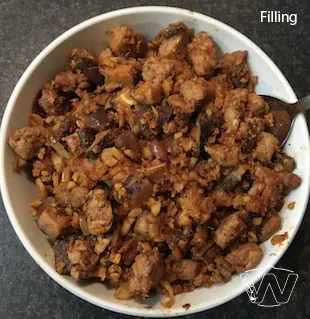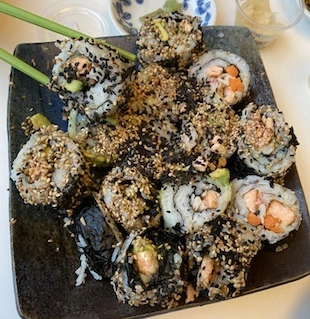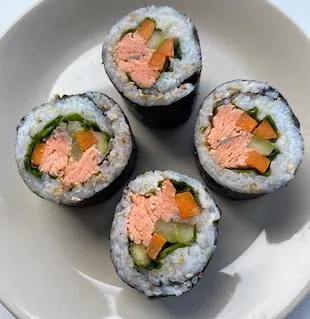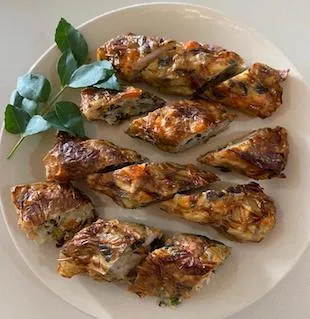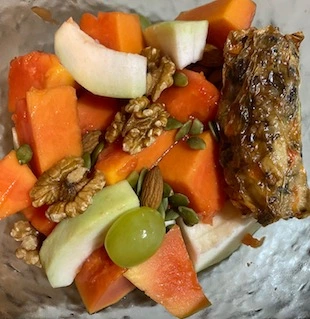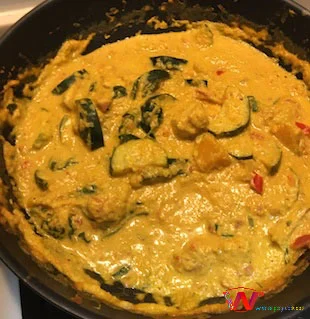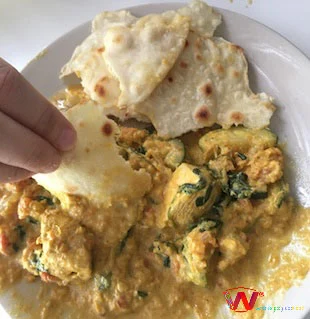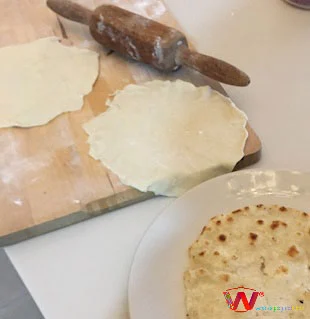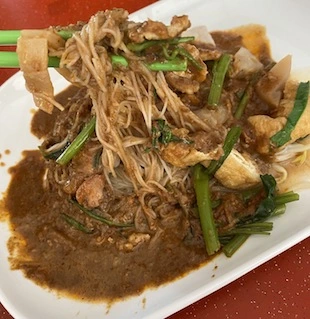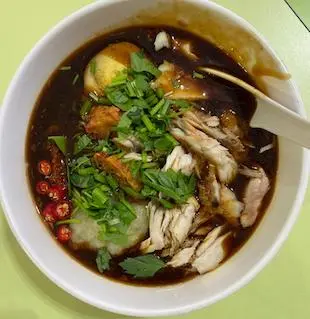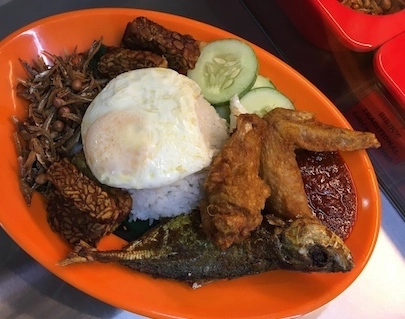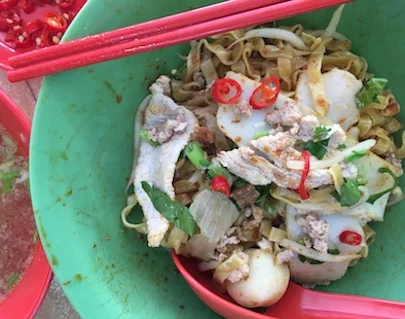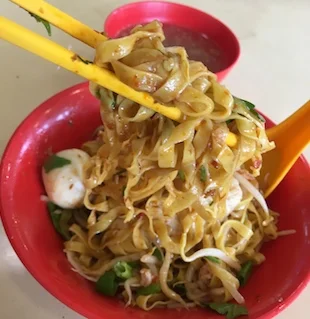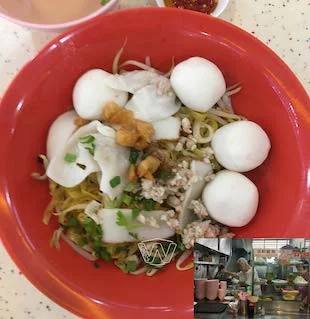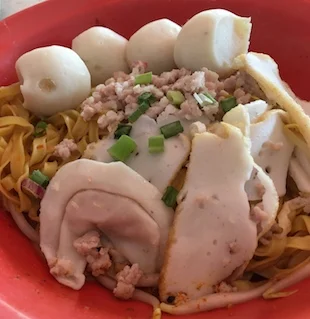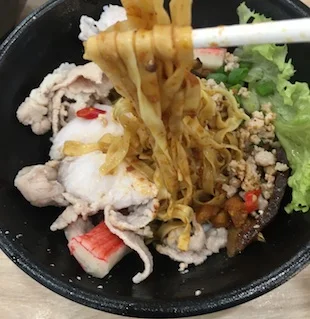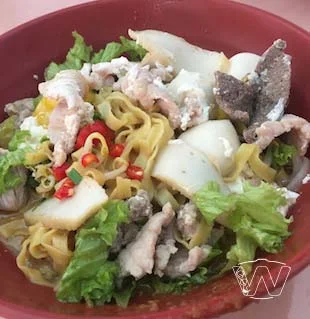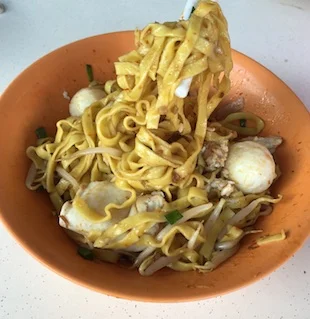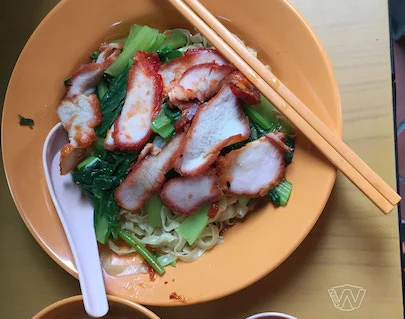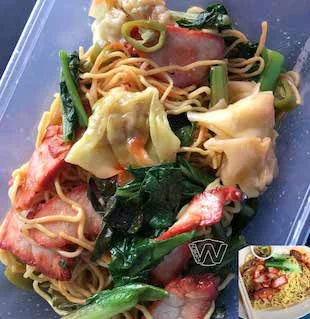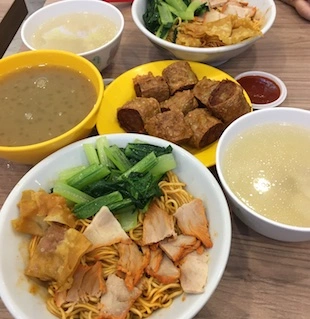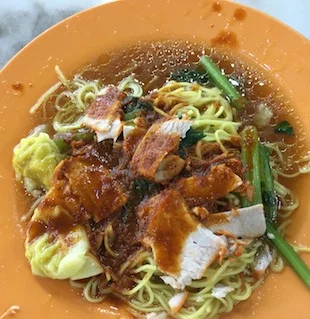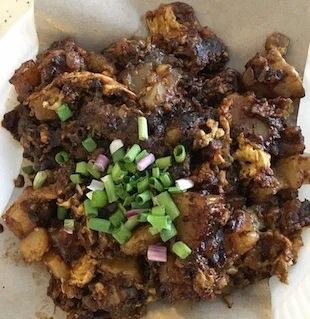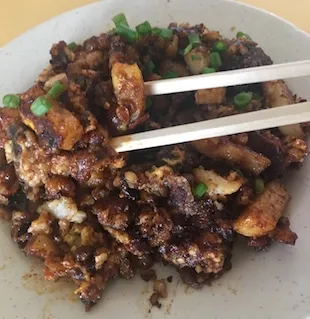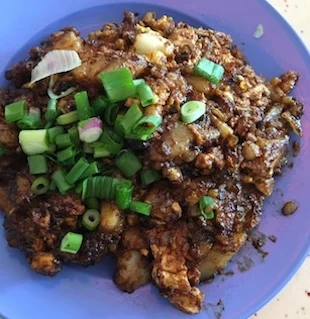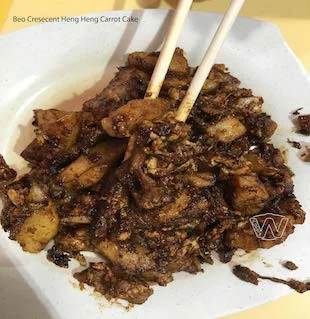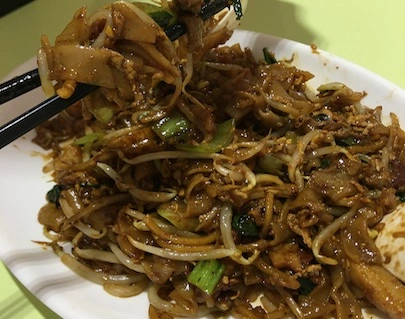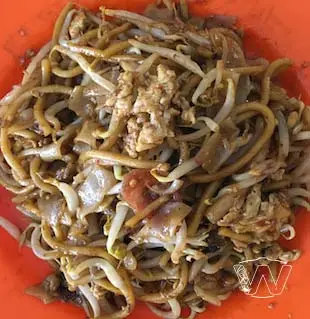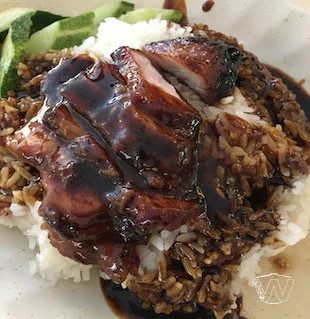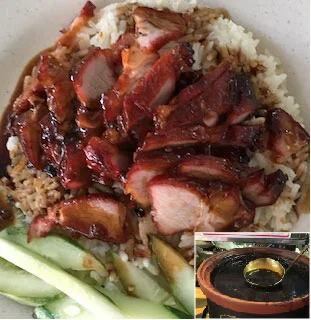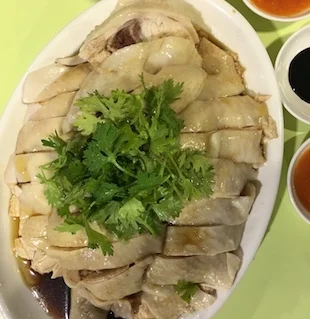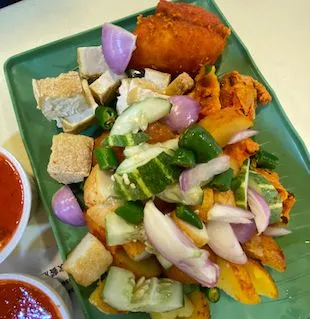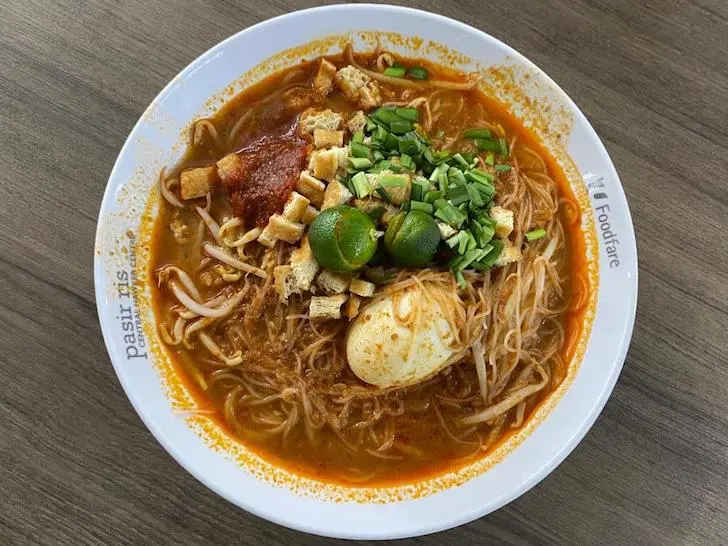Battle of Margaret Drive Chicken Rice Stalls
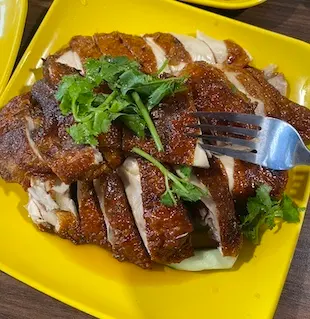
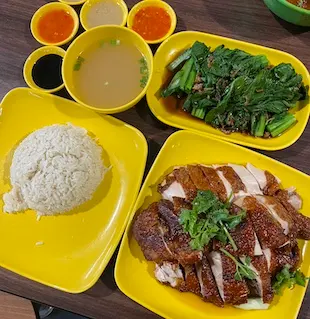
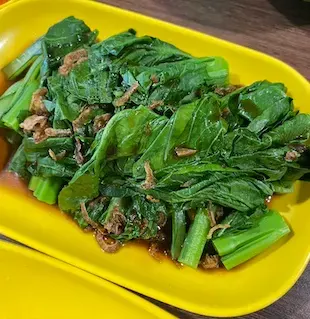
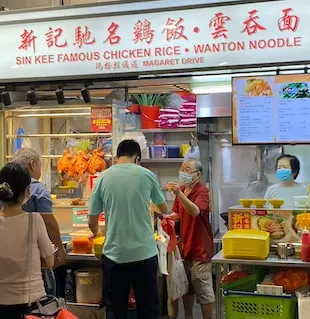
Sin Kee Famous Chicken Rice & Wanton Noodle - Margaret Drive Hawker Centre
There are a few chicken rice stalls bearing the name 'Sing Kee Famous Chicken Rice' located at various coffee shops, including those at Holland Drive, Holland Close, Mei Ling Street, Ubi, and Margaret Drive Hawker Centre. According to Google search results, all these stalls claim to have originated from their humble beginnings at the former Commonwealth Food Centre near Margaret Drive. Notably, the stall at Holland Drive was recently recognized with a Michelin Bib Gourmand, becoming one of 11 new entrants on the 2024 list.
Least mentioned among them is the Sin Kee Famous Chicken Rice & Wanton Noodle at Margaret Drive Hawker Centre. This stall is run by a humble family, including a senior couple and their young son, who is known for his nimble hands at the chopping board, outperforming the competition from Tong Kee Chicken Rice at the neighboring stall. The stall features a no-frills, nostalgic appearance with a TV screen displaying old black-and-white photos of the former Commonwealth Food Centre, where they first started their business, along with some slides of VIPs.
I have tried both the White and Roasted Chicken half-chicken servings. Both are meaty, neatly prepared with fewer bones, and delicious, though priced $1 above Tong Kee for a half-chicken serving.
